In Trinidad and Tobago I have witnessed how many businesses open and close in a short time and the reason is because most do not know the potential that exists in how to reach people by building a brand beyond just selling a product.
Branding is the work of brand management with the aim of making it known, desired and with a positive image in the minds and hearts of consumers. Branding or brand management involves actions related to the purpose, brand values and positioning, creating a connection with the public to influence their purchasing decisions.
We are part of a global consumer movement that forces companies to think meticulously at every step. Every marketing strategy and action can be echoed in every corner of the city, country, or even the world.
Not only that, the market and many of its competitors are already understanding that results are not created overnight, but are achieved with a consistent and relevant strategy from start to finish.
In short, this is a brand management job, called Branding.
This strategy has been developed by the world’s largest companies for some time. Who never associated happiness with Coca-Cola, or when he read the phrase “Just do it” immediately knew which company this slogan belonged to?
It is a mistake to believe that this strategy is only for large companies, or that it suddenly arose by spontaneous generation. It is all part of a complex management process that does not produce immediate results but produces lasting fruit.
Do you want to know more about the brand and how to work so that your business is not just another company in the market? So keep reading!
What is Branding?
It is a way of managing the brand strategies of a particular company. This brand management includes long-term planning, creation and management of brand elements to take advantage of the perception of the business in the minds of consumers.
In summary, Branding works with the concept that a brand should be planned, structured, managed and promoted. All these processes, which involve brand management, are part of this definition.
And, its objective is to ensure that all its stakeholders understand the company’s positioning, increase its relevance in the market, improve its visibility and make the company have a good reputation with its audience.
Consequently, these strategies ensure that the business grows sustainably.
Branding also ensures that the organization grows in an intelligent and lasting way, always focused on what the brand is and how it wants to be perceived.
Now, to understand a little more about what a brand is, we will explain it to you below:
What is a brand?
A brand is not just a logo, a name or a simple visual identity. It is a set of feelings and experiences that the audience has had and created from the product or service that the company offers.
Often this process is individual, in which each person understands the brand in a different way. This perspective will always be based on the social, cultural and economic contexts of each individual and, especially, on their experiences with the company.
This is precisely the reason why a branding strategy is essential. You will never have complete control over how your business will be perceived, so you must differentiate yourself from the competition by creating a unique brand that offers incredible experiences from start to finish.
A brand is what differentiates successful companies from many others that fall behind.
Brands need values, a purpose that guides all their actions, from the design of a product to how it will be promoted in any communication channel.
How to manage a brand?
You may have already realized all the complexity surrounding a brand. Managing it, therefore, could not be different.
Each organization should have multiple media and diverse professionals involved, from employees to suppliers. Also, you need to attract customers in the middle of the whole process.
To ensure you achieve this ultimate goal, you must understand, from the start, what your company’s personality is and what its values are.
Your brand needs to have a strong and coherent identity that helps it communicate this and also empower and manage how your audience will see what you are building.
Lastly, your branding strategy must guarantee that you can promote your brand to ensure more prominence for your company and make it a market leader.
These are the strategies that we will help you create. Do we see some essential steps for this process?
Create a brand platform
The first stage in managing a brand is, without a doubt, taking a step back and understanding what it is made of, answering questions such as:
- On what basis was it founded ?;
- What does it promise to deliver to the world ?;
- What makes it unique?
A branded platform is a set of unique components that will help consumers connect with it. As a consequence, this will help to better communicate your essence.
Some of the key points that any brand platform needs to address are the purpose of the brand, its promise, its attributes and its positioning.
Purpose
A purpose is nothing but its reason for existing. Why does your brand need to exist? Why was it created?
At this stage, it is very valuable to look back at the moment of creating your company. What was on the minds of its founders? What did they want to transform in the market when they started the business?
Often, this purpose will come as a phrase accompanying the logo, and eventually become a slogan or slogan for the brand. The purpose of Airbnb, the accommodation marketplace, is to believe that there is a world where people can belong anywhere.

In creating Airbnb, its founders believed that this was possible and that Airbnb would be one of the forerunners in making this happen.
Many times a purpose starts very strong together with the company and with the first collaborators. In the case of Airbnb, however, this purpose as we see it today only came true four years later.
Douglas John Atkin, one of those responsible for creating this Airbnb brand universe, explains this process in this text.
If you have difficulty understanding what your brand purpose is, a good idea is to talk to your collaborators and consumers to understand why they connect and believe in your company.
After that, it’s easier to get to a point that will seem perfect for your brand and its history.
Brand promise
The brand promise acts as a manifesto. It is the summary of what you commit to do in practice so that your purpose becomes reality.
Often brand promise is what we see being communicated by brands. If the purpose is an internal process of discovery and understanding of how you can impact the world, the promise, in turn, is what makes it palpable.
Mentioning Nike again, they believe that anyone is an athlete. They are committed to transforming and creating a better and more sustainable world for people, the planet and communities through sports power and, the most important part is: in what way will they do it? Through sport. That is the promise.
Brand attributes
Once you have understood the purpose and the platform, it is time to talk about the attributes of the brand. These characteristics are part of the journey, showing the unique way of walking that your brand has while making the journey to reach its final objective.
Extraordinary brands have unique purposes and promises. However, what often sets greats apart is how they get to where they want to go. Here, the means are as important as the results.
Clearly, the attributes are characteristic of your brand. These are values that are not negotiable for her and depend on the way you communicate, to the way your employees work.
A few years ago, Asana, the business process management platform, went through a reformulation of its brand, what we call rebranding in marketing.
In this process, explained in detail here, the company created its brand attributes, which function as aspects of a personality, that is, as if it were a person.
After much research with employees to understand what made Asana unique in its way of acting, they came to this result:

Clear and action-oriented, these attributes helped the entire company understand what was expected of their communication and behavior. It was a great success for them and also, surely, it can be for your company.
Positioning
We already know that we need a purpose to understand why we exist and that a brand promise makes everything more tangible.
We also know that brand attributes help humanize it and align expectations. We still have to talk about the positioning of the brand.
According to Philip Kotler, one of the fathers of marketing, positioning is the act of creating an understanding of the offer and the image that defines the market space that your brand will occupy and how it will be perceived by consumers.
To understand your positioning, you must first think about your business objectives and the real value that your company and your product offer. This is where you start to think about your positioning.
A location can focus on innovation, for example. This guy is often linked to an idea of disruption. Take, for example, Uber.
When it hit the market, its positioning focused clearly on innovation, on changing the way we relate to transportation.
All his market movements focused on showing the application as the new transport option, always associated with modernity, while other modes of travel were obsolete.
With the advancement of other competitors with similar business models, Uber had to adapt to a differentiation position.
Therefore, like Uber and other leading companies, you should focus on safety, price, a better user experience, or what you think is the unique value of your business.
To position is to understand your market, what your consumers need and want.
From there, look inside your company and understand how your product or service can become present and relevant in this scenario.
Have a strong and consistent identity
Having a brand identity is what makes large companies recognized with a single color or icon.
However, much more than a strong name or a creative logo, it is creating a unique universe that is easy to relate to your brand.
Arguably, the first step is to create a name and logo for your company.
If you already have it, analyze it and check if it is according to your brand. If you haven’t got one yet, you can use these two guides we’ve produced to guide you when developing your company name or creating a logo.
Structure a visual identity
Yes, the logo is part of a visual identity. However, it is only one end of an ecosystem of elements that help give coherence to all your visual communication. The elements that generally form a visual identity are three.
Let’s see more about them below!
Colors
Colors help make your identity more than just attractive. They are the ones that can be combined with any communication in your company and help it achieve its objectives.
You may have heard of the psychology of colors, so you already know that each color gives a certain idea and provokes certain feelings.
So when choosing what your institutional colors will be, it’s important to go back to your brand attributes and answer the question: what colors will help communicate those attributes?
It is important to remember that this is not just an election process but also a maintenance process. The color red was not associated with Coca-Cola overnight. This is a job of repetition and attention to detail.
Icons, symbols and illustrations
The logo is without a doubt the most recognized symbol in a brand, but there are other elements that support an identity. Here we will talk, more than about the symbols or icons themselves, about how these are created.
For your company they can be geometric figures, more circular or straight, symbols recognized by your audience or other elements.
The important thing is to create these elements that will help you have an even more coherent brand and that, in this way, in all the contact points will strategically communicate your brand.
Typography
With or without serif? Uppercase or lowercase? If you have had contact with design you know that these are normal questions when establishing guidelines for the typography of a brand. As with colors, these details are critical when passing a message.
In general, brands have both primary and secondary sources. Primaries are, as a general rule, the most popular typefaces since they are the ones used in the logo. Who doesn’t recognize Coca-Cola’s lyrics instantly?
But these are not the only typefaces. There are also those that we call secondary or support and that are those that are used in other communications, such as publications on social networks and marketing campaigns.
Create an impact slogan
A brand lives not only from visual processes and we know very well the power of words. Various brands are immediately remembered when associated with their slogans.
“I’m loving it” or “Just Do It” are just some of these examples.
Slogans are often chosen to support brand communication at times when just your logo is not enough. Also, they are often used as a feature of a one-off campaign.
There are slogans that are associated with companies for a long time. Others change with the situation to adapt to the strategic positioning of the brand at the moment the company is going through.
Defines the tone and voice of the brand
All the work we have done so far helps build a strong identity for your brand. However, an essential point of how brands communicate is still missing: a voice.
Review the attributes of your brand and observe your buyer persona. Ask yourself, how can you convey these aspects of your business in a way that she listens to you?
If an attribute of your brand is educating, its voice, therefore, must be didactic and accessible. Now, if your brand is objective, your way of speaking cannot be excessive. This box created by Coschedule will help you understand how to organize your voice:
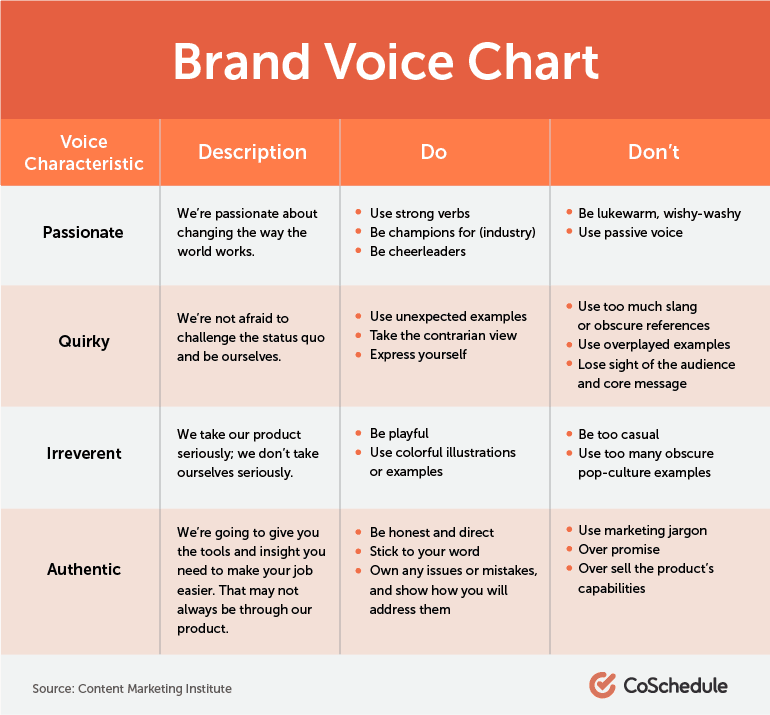
It is also important to note the differences between tone and voice. Your voice does not change, as it is intrinsically linked to the attributes of your brand and the base of your company.
Your tone, on the other hand, will always be in reformulation, since it is the way you adapt your voice to different audiences and channels.
This process of strengthening the identity must reach every point of your brand.
Your Instagram feed should scream this identity, your site should communicate it effectively and consistently, your physical store should have decorative touches that are clearly perfect for your brand.
Consistency is one of the most difficult parts of managing a brand, but it provides unmatched results.
Manage your brand and your stakeholders
For a brand like yours, which already has some essentials planned and structured, the next step is to ensure that those elements work and are maintained.
However, this is one of the main challenges of most brands, whether they are large or SMEs. Taking a look at this stakeholder map, we have a macro idea of everything a brand should consider.
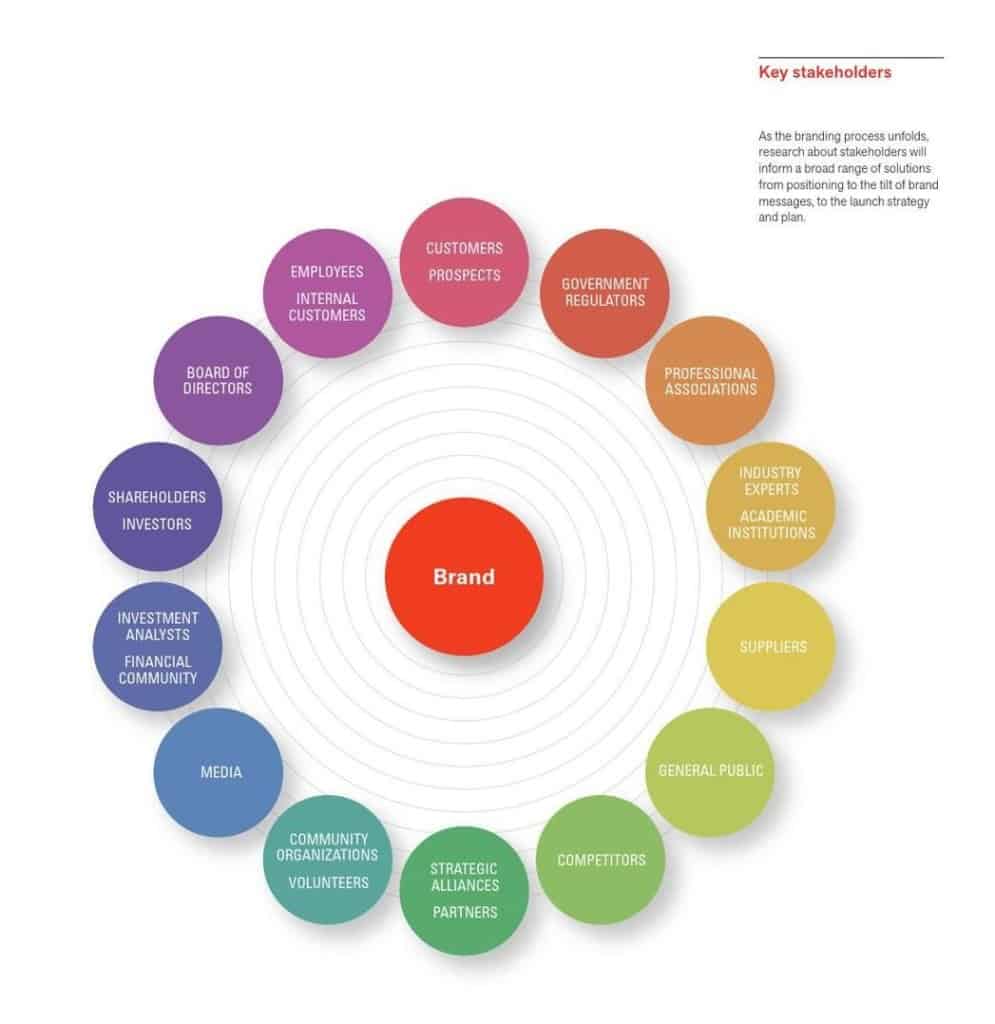
There are many variables, people and institutions involved and they are all very important. Not paying attention to any of them can be fatal, especially in the competitive landscape we are experiencing. So how do you take the necessary care with each of them?
The first step is to map them. We are not only talking about having this map taped to the wall, but also putting on paper or in an excel file, each of the audiences with which your brand has contact, whether large or small.
What are your types of customers? How are your followers on social networks? Who are your contributors? These are questions that you must answer to map and understand them.
This will help you develop strategies so you can achieve your goals with each of them.
It is important to remember that each person interacts with your brand in very different ways and therefore also has different perceptions.
Imagine that you have an incredible product and many of your customers love your brand and only have incredible experiences with it.
But on the other hand, your company may have made mistakes in some selection processes, and your reputation as a workplace may not be the best.
You can’t target this latter audience believing that the same strategies you use with those clients will work.
This is exactly the reason why you need to work on a daily basis to maintain awareness of the stakeholders around your brand universe.
Control your reputation and the future of your business. Brand management is also the economic management of the health of your business.
That is all!
As you may have noticed, creating and maintaining a good brand strategy is an extremely important step for companies looking to become market leaders. For this reason, it is not a simple process.
When we think of the biggest companies on the scene today, we know that each of them got there because they had a unique proposition, provided spectacular experiences, and knew how to communicate them.
That’s the big difference between any shoe store and Nike, between a beverage brand and Coca-Cola, between streaming platforms and Netflix.
They all deliver amazing products, but it’s the power of their brands that makes them unbeatable and drives consumers to buy from you more than their competitors.
Certainly, from now on, you have the tools to do a good branding job, transform your brand and conquer even more the market and your customers.



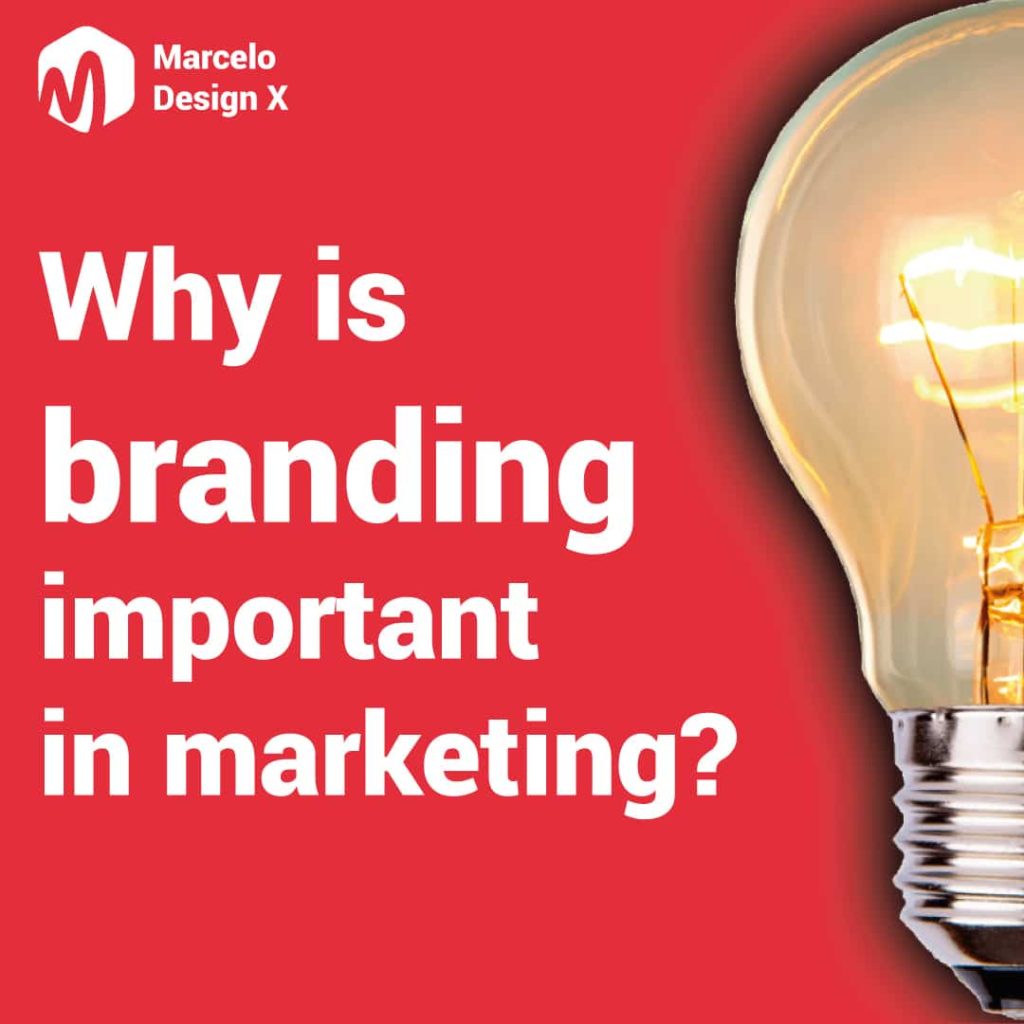
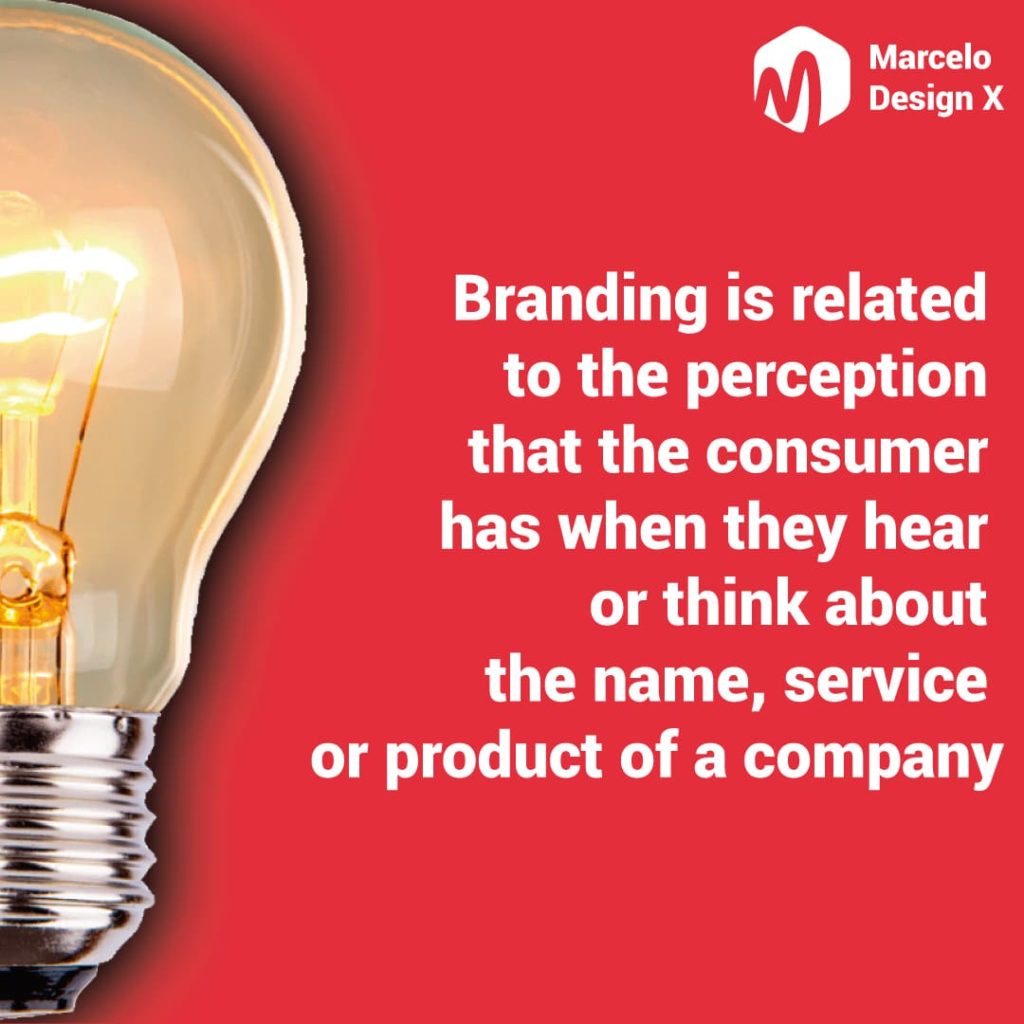
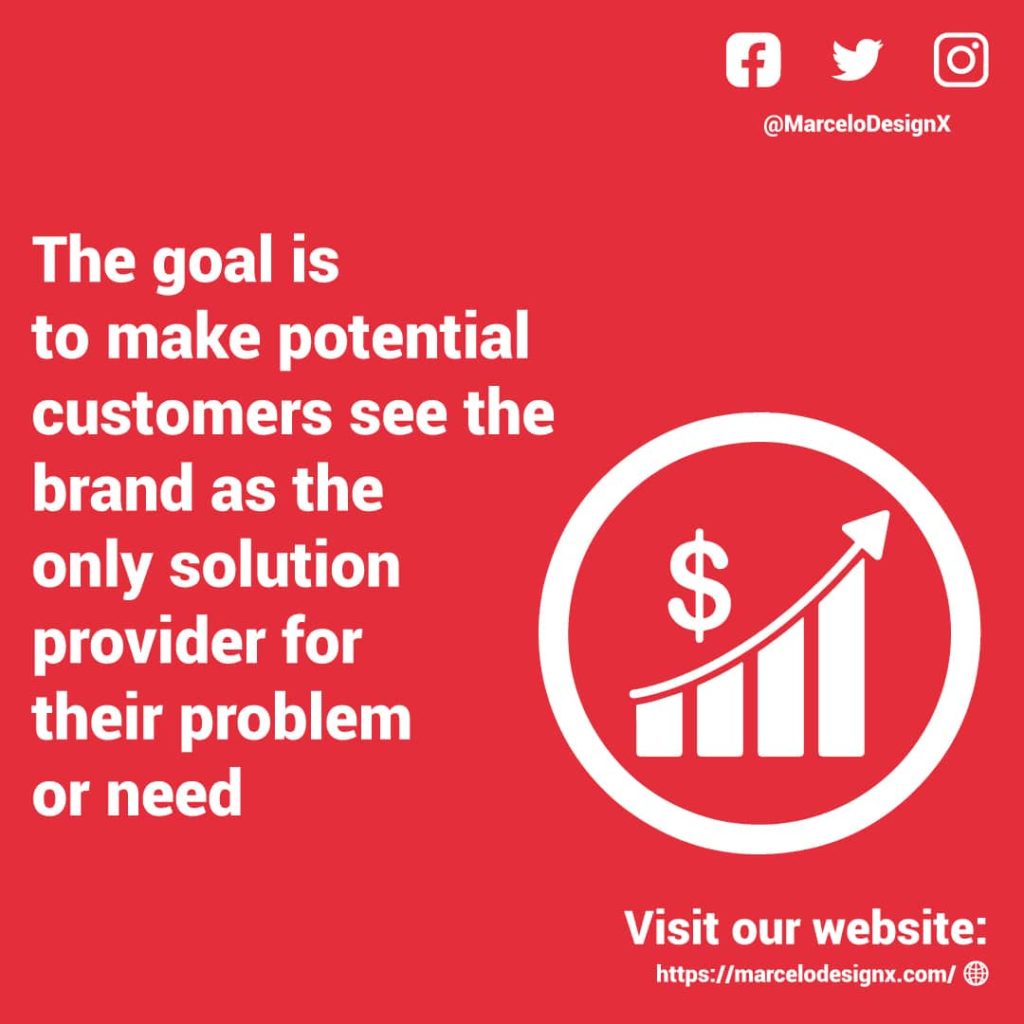

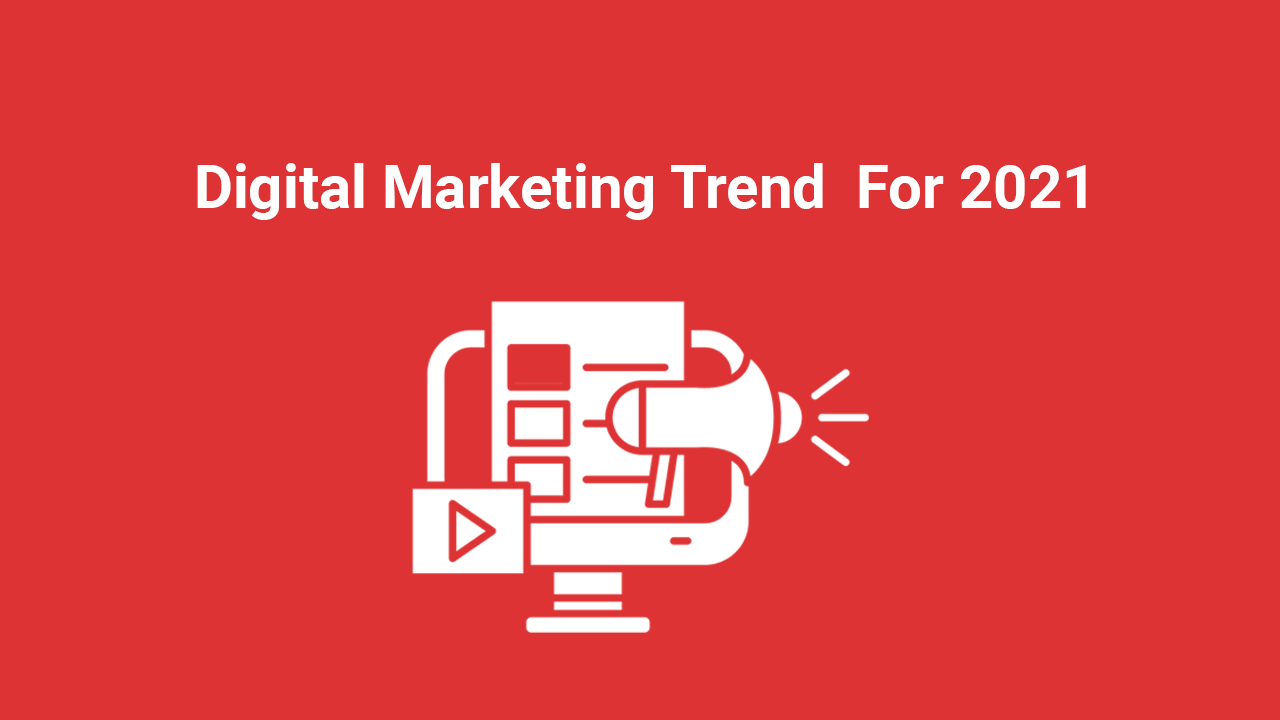
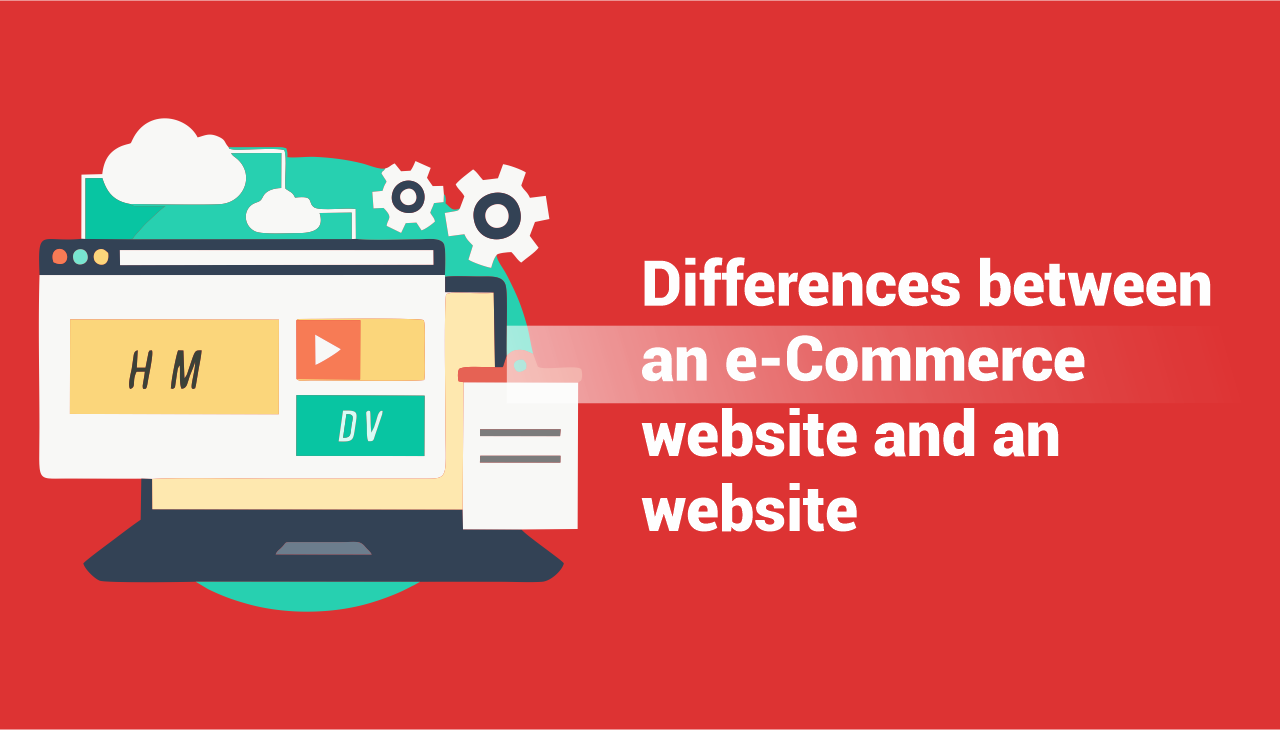
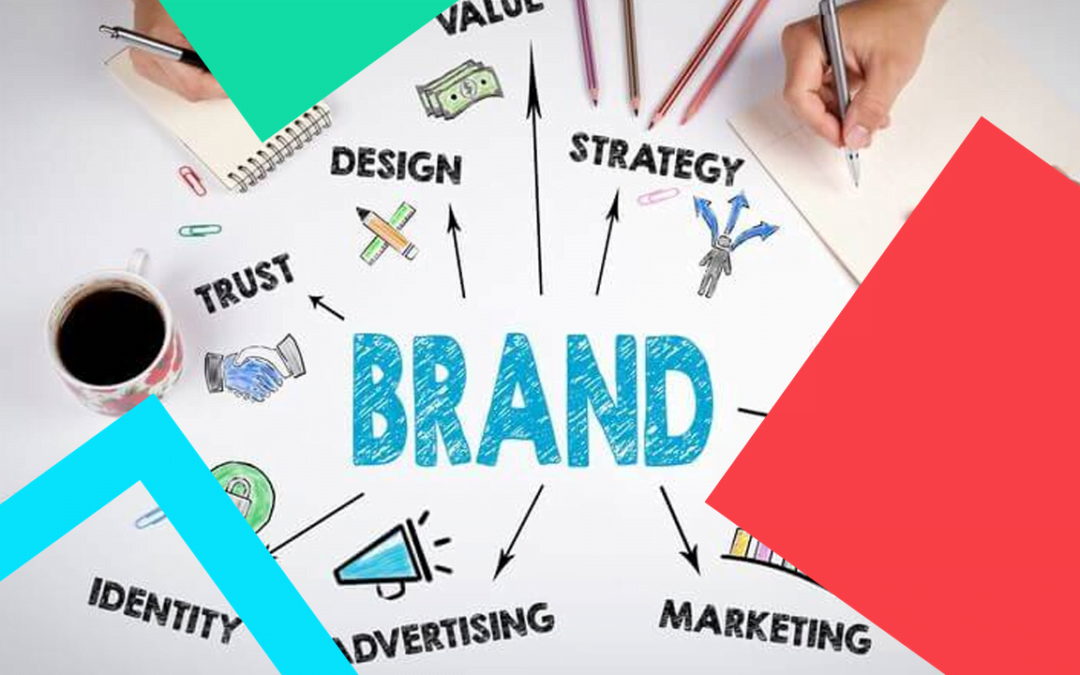


0 Comments